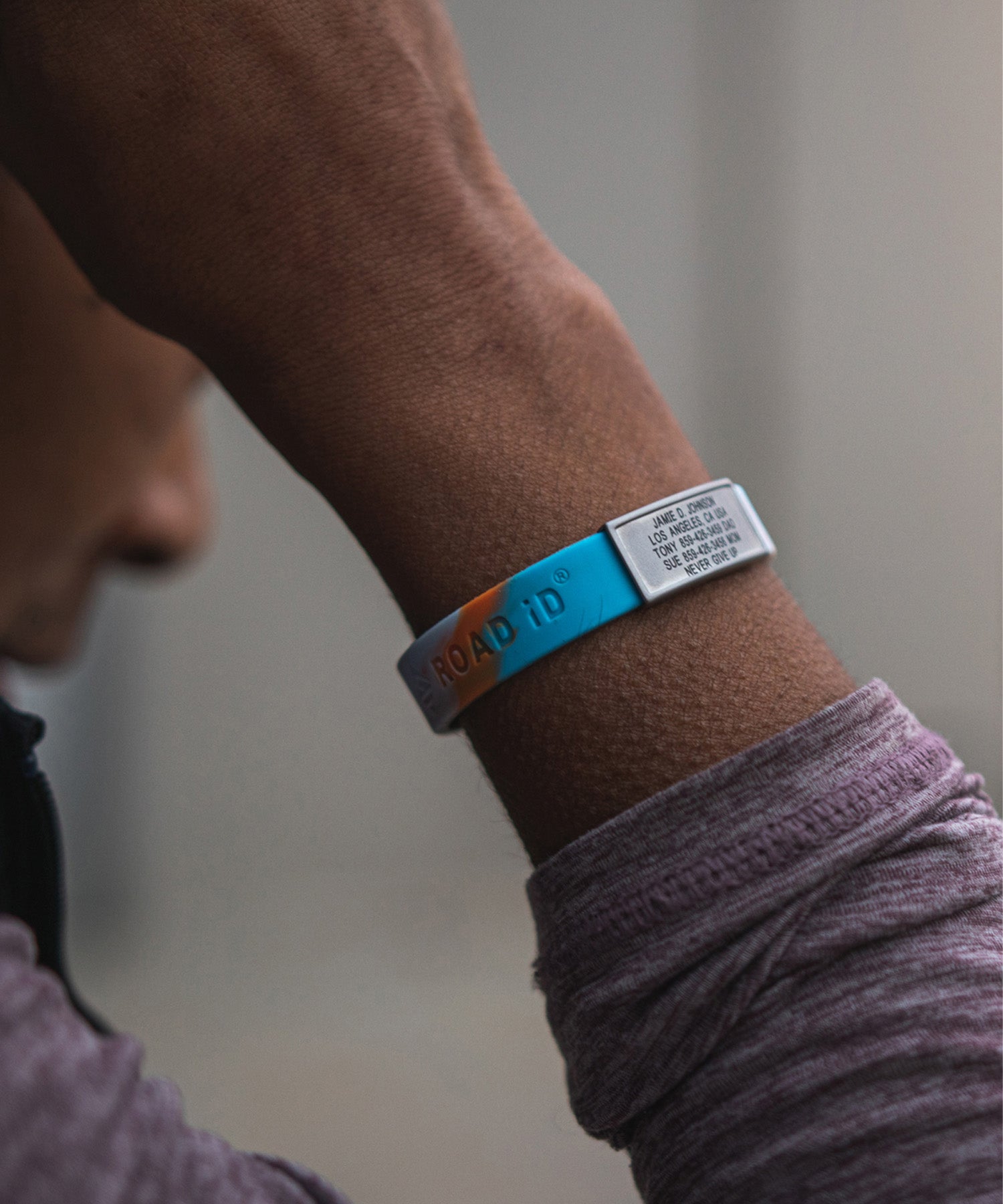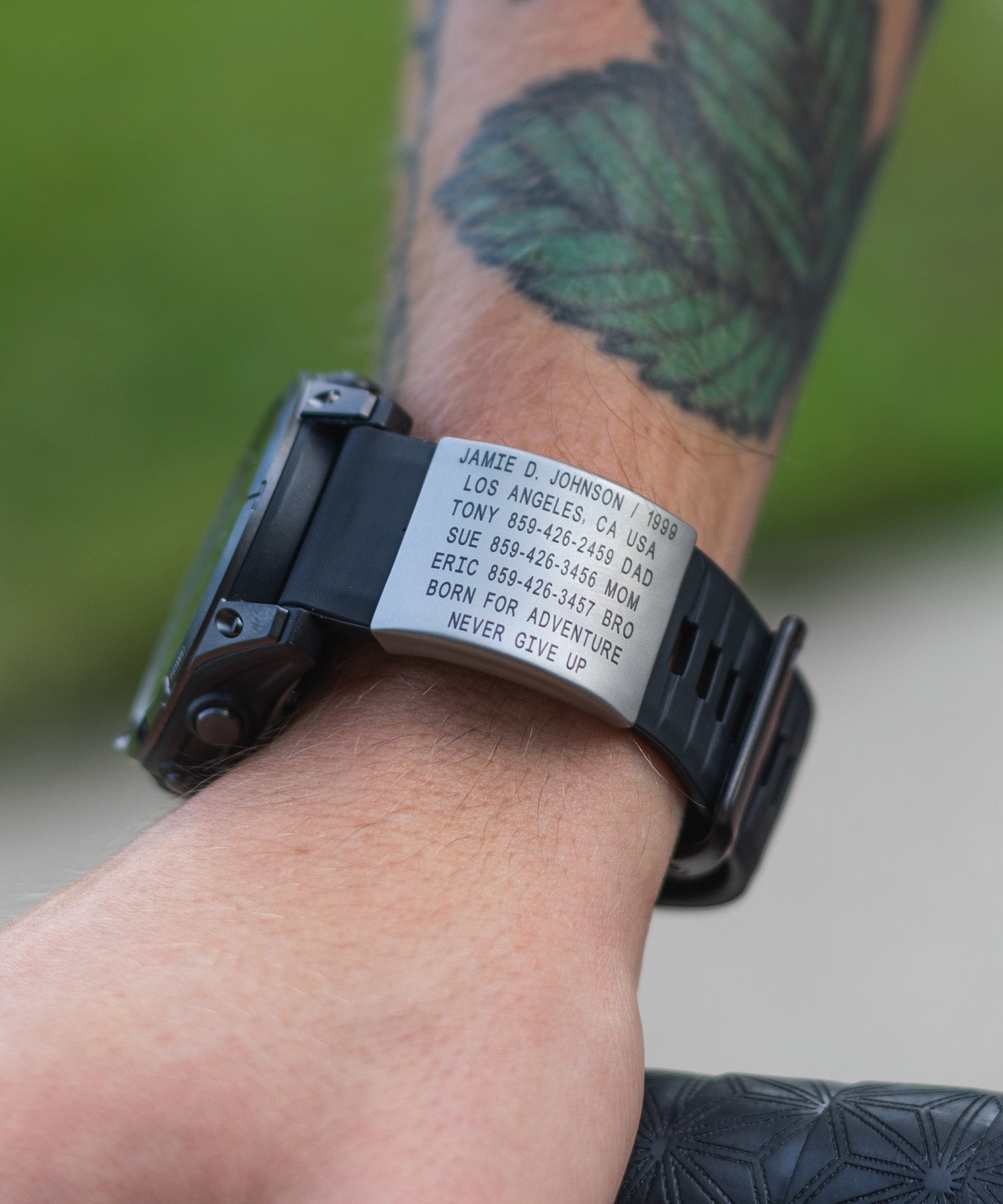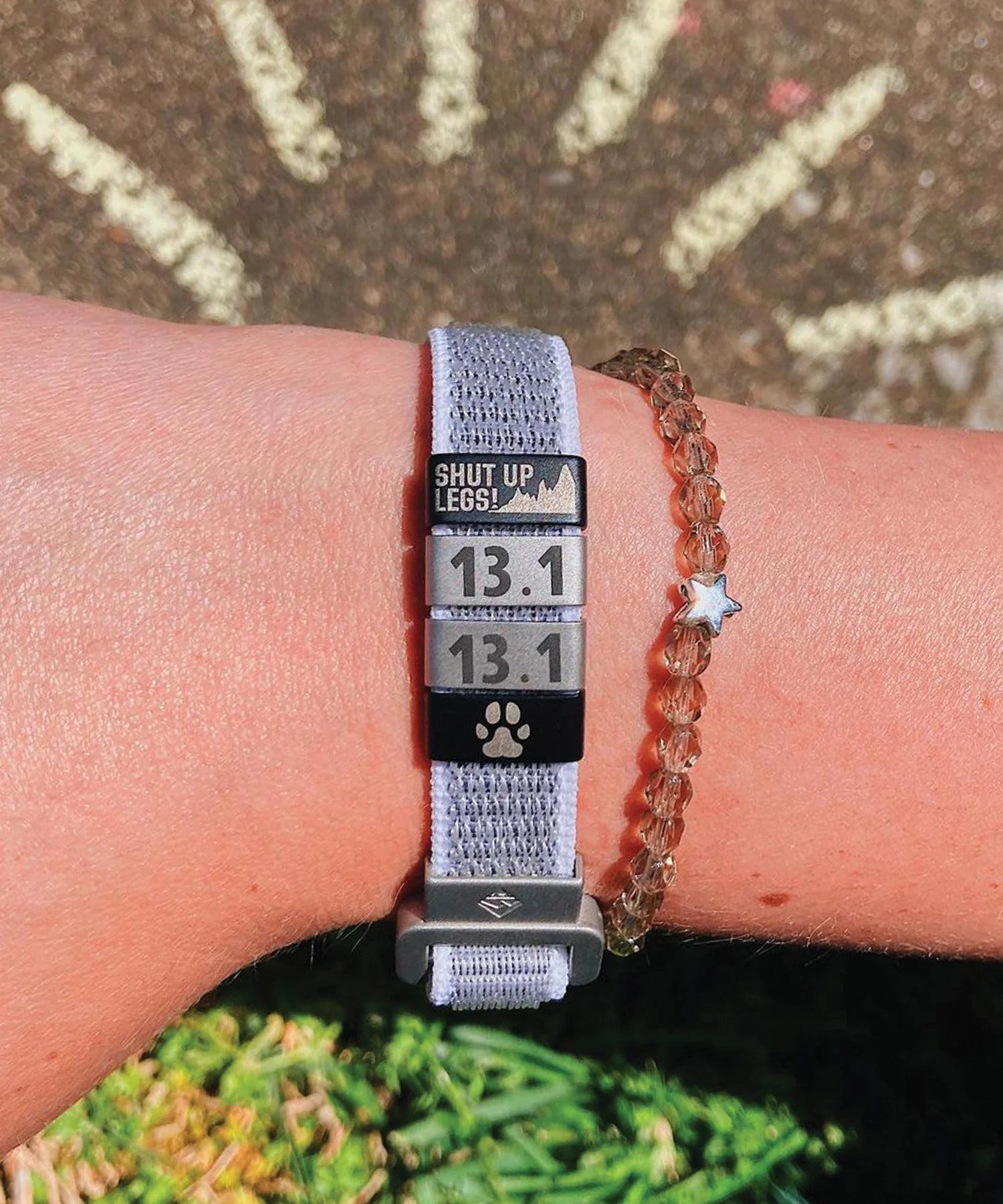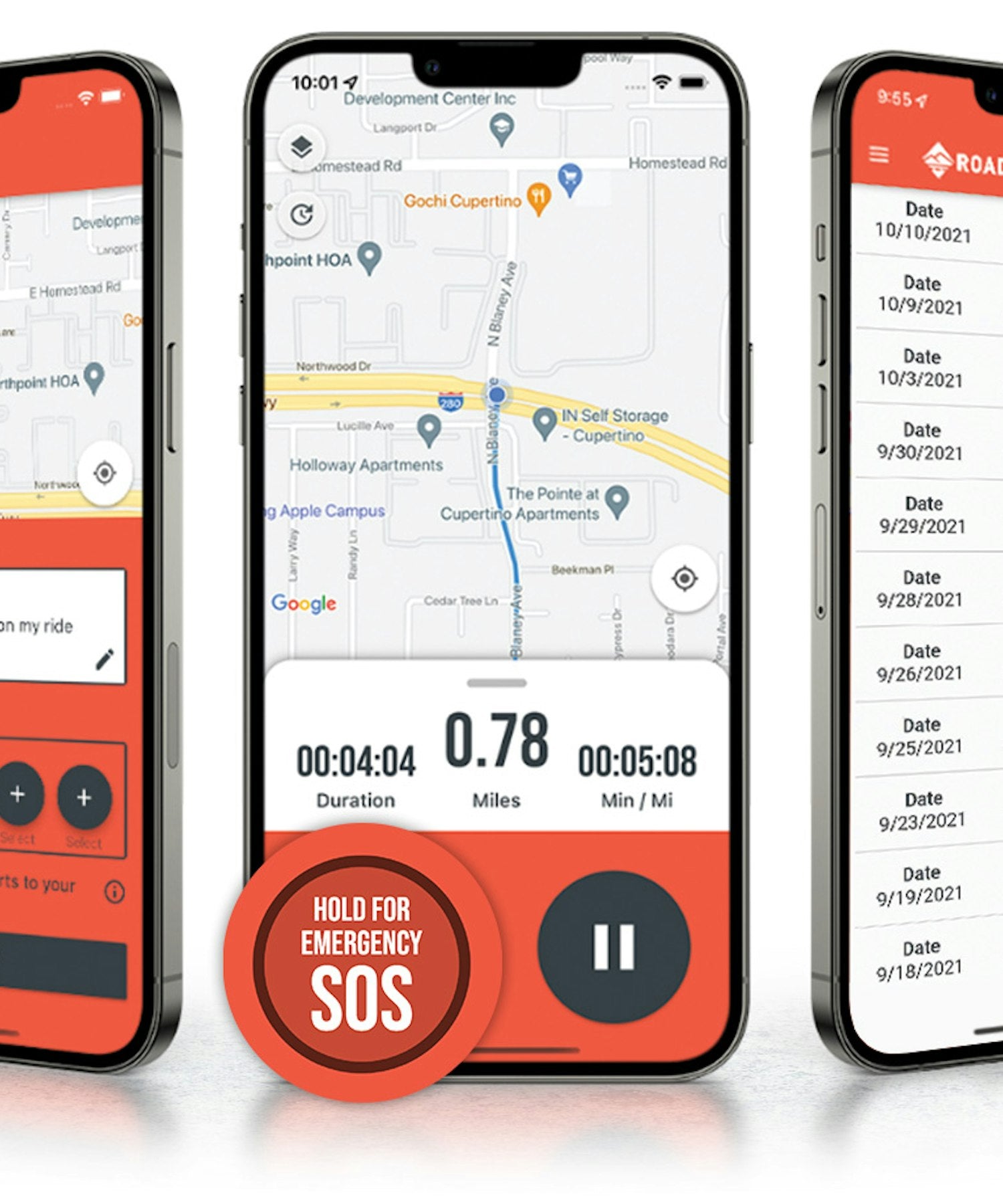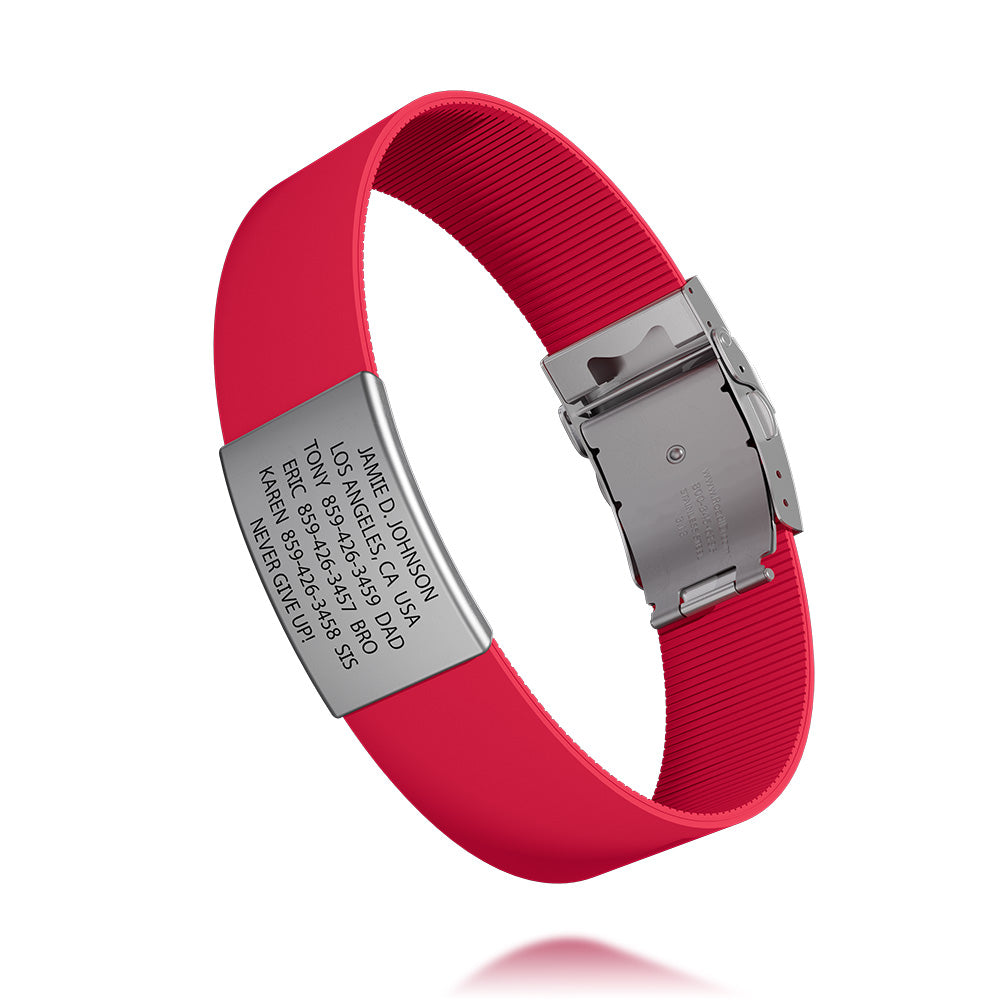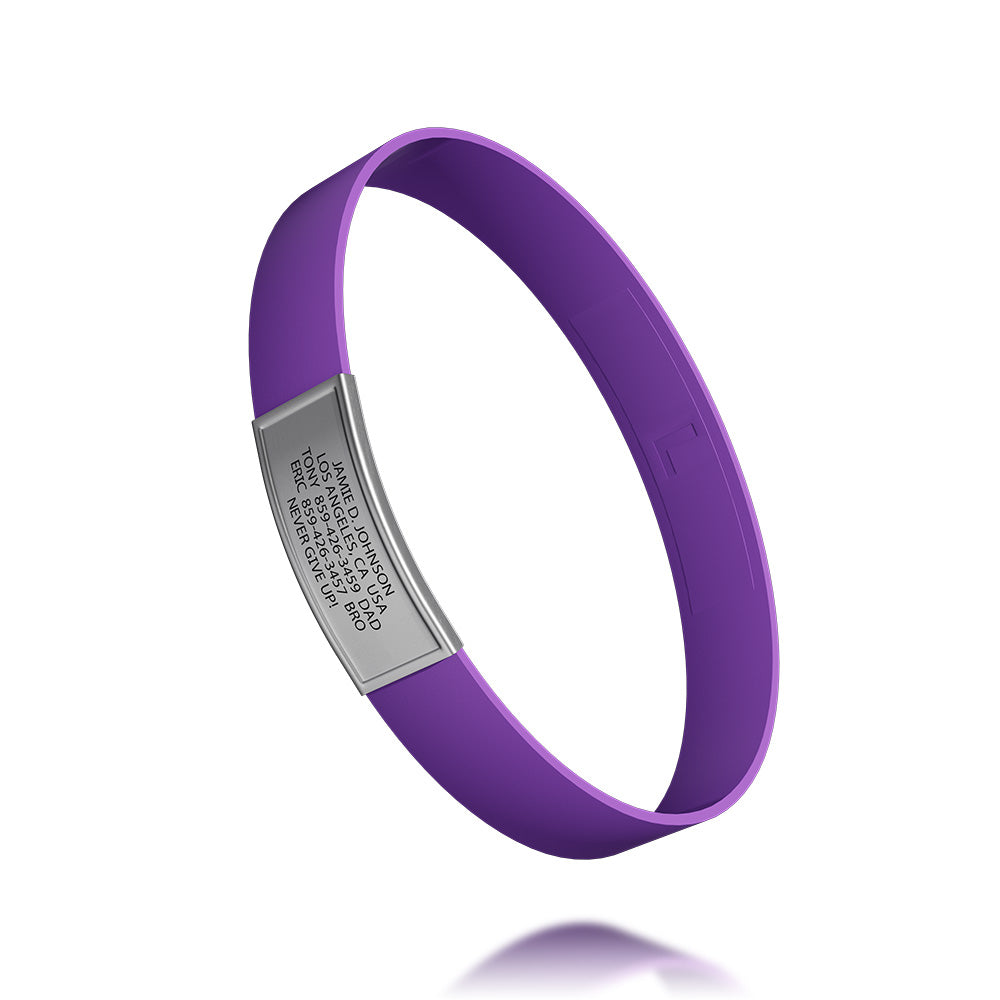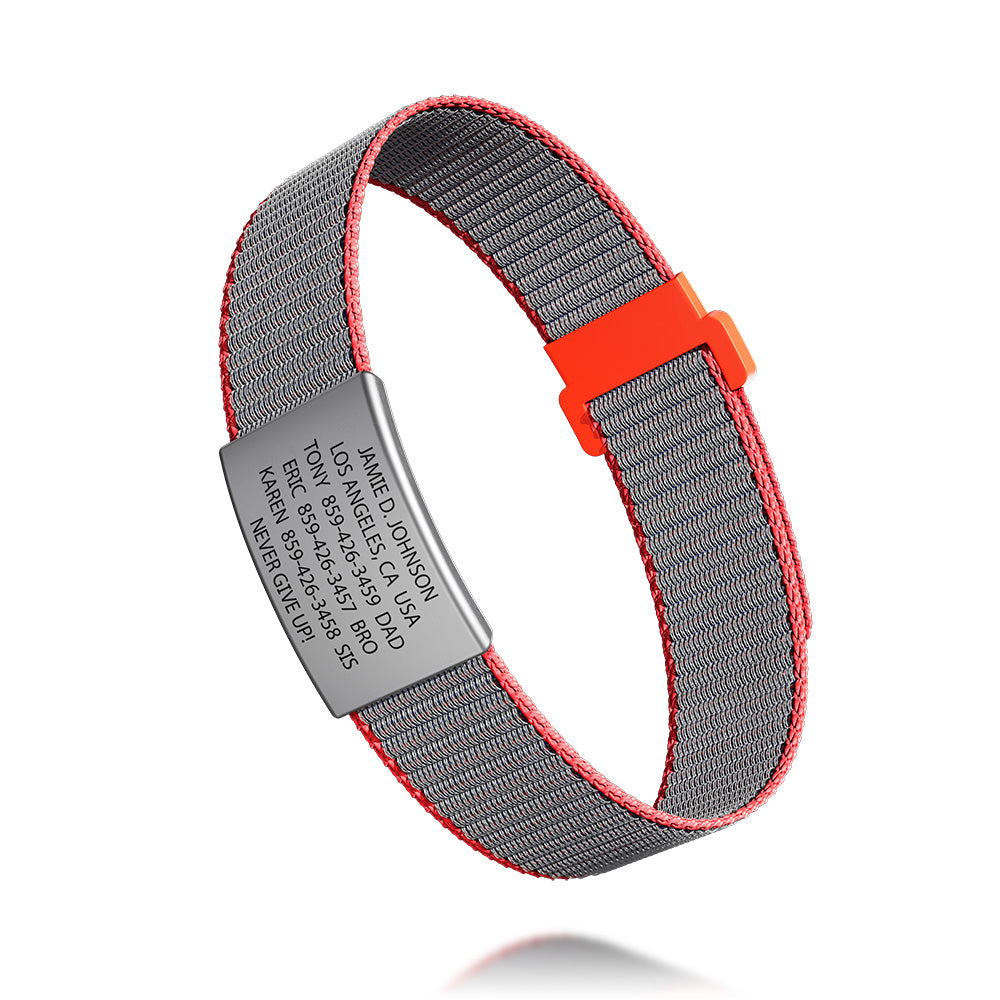Summer is fast approaching. While this time of year means pool days and fun in the sun for many, for runners, it means hot, humid, sticky runs. Needless to say, for many folks, summer runs can be a bit of a slog. Heat exhaustion and heat stroke can be a problem as well, particularly when body temperature is normally high.
Thankfully, there are various running in humidity benefits, thus keeping some runners incentivized to get out and hit the pavement.
However, if you are not already familiar with the benefits of running in humid weather and high body heat, then this piece might give you the context you need to still want to get out and run when the hot and humid conditions kick in and the dew point peaks.
Without further ado, let’s get started.
The Benefits of Running in Humid Weather
Before getting started, it is important to note that if you have a health condition, it is vital to wear the appropriate medical alert jewelry when running in hot weather and when relative humidity and dew point are high.
To help cut down on accessories and bulk, consider picking up a minimalist Apple Watch bracelet plate instead of an entirely new piece of jewelry.
That said, the benefits of running in humidity include:
1. Better Cardiovascular Fitness
Many runners are aware of the benefits of altitude training. While no one is contesting its validity, some would argue that running in humidity is even better than altitude training.
As has been detailed in the Human Kinetics Journals:
“Altitude training can provide an increased oxygen-carrying capacity, a more efficient use of oxygen, and a better ability to tolerate anaerobic metabolism; heat training has the ability to increase plasma volume and reduce cardiovascular and thermoregulatory strain.”
In a nutshell, this means that running in humidity and dealing with the added challenge of high dew point, will stress your cardiovascular system, thus making it stronger and causing less strain over time. It pushes the body to adapt not just to reduced oxygen levels, like in altitude training, but also to the strenuous conditions of high humidity and high body temperature.
2. Lower Resting Heart Rate
Running in high temperatures and high humidity is going to increase your heart rate more than if temps were a bit cooler.

Source: Crdjan/Shutterstock.com
Because the cardiovascular system is being stressed during your running pace (and since your heart is a primary component to that system), it is going to strengthen it overall, which will have a positive impact on your daily life — most notably in the form of a lower resting heart rate. Training in humid conditions and high heat further amplifies this effect, as the body must work harder to cool itself and maintain optimal functioning, thereby enhancing cardiovascular strength and efficiency
Overall, a lower resting heart rate is indicative of good health and the body’s response. Training in challenging conditions, such as high heat and humidity, can accelerate the improvement of cardiovascular health. Thus, folks who have a lower resting heart rate, often achieved through rigorous and consistent exercise routines, including running in varied environments, are less likely to suffer from cardiac events such as heart attacks. This showcases the multi-faceted benefits of adapting to diverse training conditions as well as high heat and humidity.
3. Enhanced Overall Performance
One of the greatest benefits of running in humidity is that doing so sets you up to be a better runner overall. The reason for this (aside from the aforementioned benefits) is that you are pushing yourself and increasing the difficulty of your run in humid conditions. Running in the heat, especially during summer running, provides a unique challenge, as the body must adapt to efficiently regulate its core temperature and manage hydration under stress.
Ultimately, this will serve to not only strengthen your body in various ways but it will also help to increase your mental fortitude, allowing you to push harder and longer when the weather is a bit more forgiving and core temperature isn’t as high. By acclimating to these extreme weather conditions, runners often find their running performance significantly improved in cooler temperatures. This adaptation process teaches runners to cope effectively with a range of weather conditions, making them more versatile and resilient athletes.
How to Cope with Humid Runs
When you are just getting started, it is important to have a handful of coping strategies that will help you acclimate to the weather and get through the season.

Source: Breslavtsev Oleg/Shutterstock.com
Some of the best ways to deal with running on hot and humid days include:
- Go for shorter runs
- Slow down your pace
- Seek out shady routes
- Alter the time you go running
- Stay well-hydrated
Benefiting from Hot and Humid Runs
While running on muggy days might not be the most exciting thought, the fact is that the benefits of running in humid weather are worth the extra effort and discomfort.
By teaching yourself to push through now, the fall and winter months will be that much more enjoyable and productive.
Finally, if you need to wear medical alert jewelry for your humid runs, then shop ROAD iD’s medical ID bracelets to find the perfect style for you.

